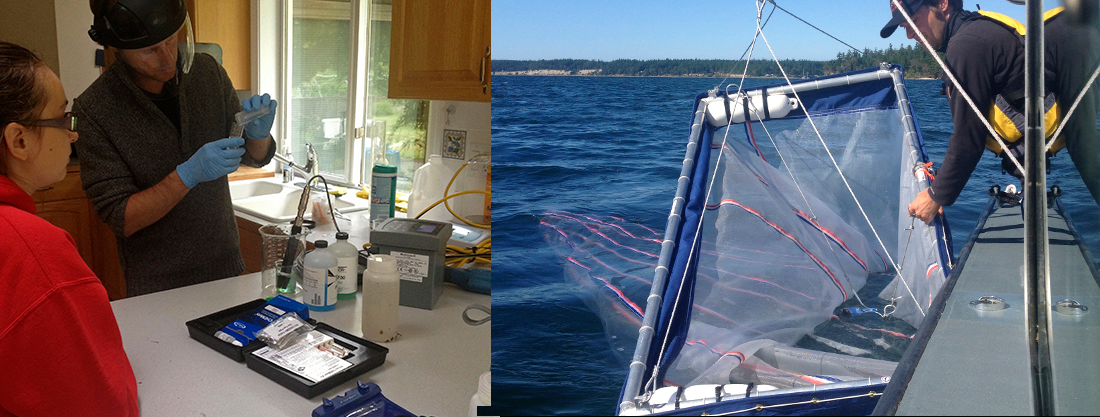Environmental Program
Water Resources

Water Quality
Port Gamble S’Klallam Tribe has what is known as Treatment as a State by EPA under the Clean Water Act. This means the Tribe has the same authority over its waters as any state. Therefore, the Tribe has authority to regulate activities which could degrade the quality of its waters. Passed in 1972 the goal of the Clean Water Act is to restore and maintain the integrity of the nation’s waters, to achieve water quality levels that are fishable and swimmable.
The Tribe established its own water quality standards in 2002 to protect public welfare, enhance the quality of waters of the Reservation and serve the purposes of the Clean Water Act. The standards are designed to establish uses for the waters of the Reservation which are to be protected. These uses include aquatic life uses, such as salmon spawning and rearing and shellfish harvesting, and recreational and cultural uses.
The Port Gamble S’Klallam Tribe Natural Resource Department has worked to protect the streams and wetlands on the reservation through Section 106 of the Clean Water Act. Section 106 of the Clean Water Act is intended to help tribal water quality program managers, staff, and other tribal environmental decision makers design and implement effective and successful water quality programs. Section 106 is meant to assist tribal water quality programs at various levels of development. Some tribes have had a water quality program for many years and the grant therefore provides guidance for additional water quality protection activities to add to their program. Other tribes are just developing an effective water quality monitoring program so the grant provides effective models for developing and implementing a water quality program.
The Port Gamble S’Klallam Tribe’s Natural Resource Department has been the recipient of an EPA water quality grant for many years. The NR Department has worked to identify several streams on the reservation that are of critical importance for the Tribe. The monitoring strategy involves sampling these streams on a monthly basis for several parameters including pH, salinity, dissolved oxygen, water temperature, conductivity, and stream flow. Staff at the NR Department then record and report the data to the EPA. They also keep a long term record of the data so trends in water quality can be determined.
